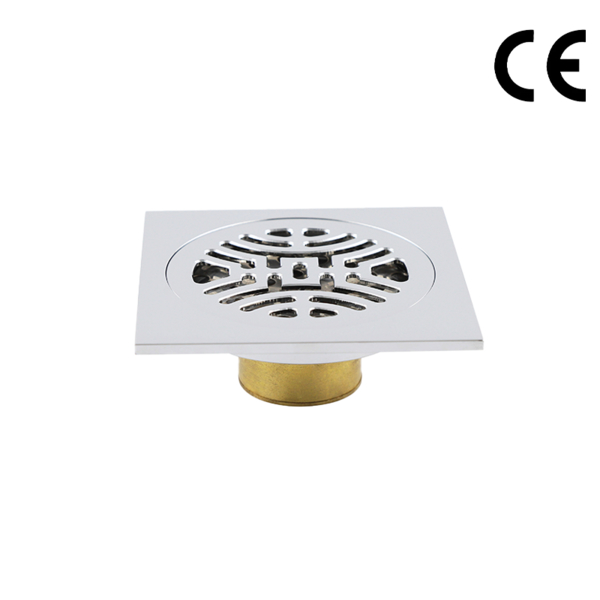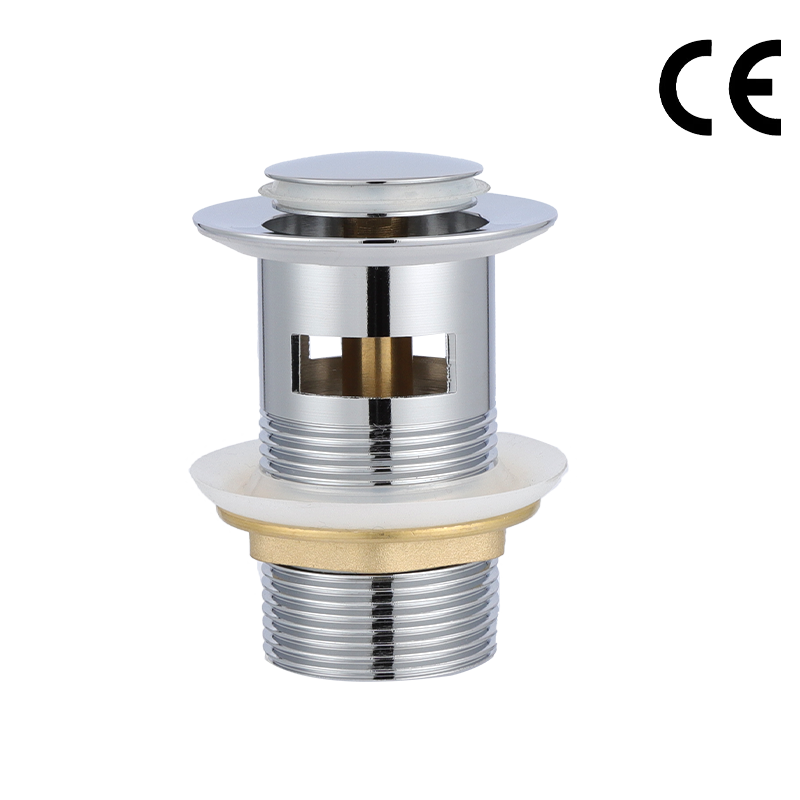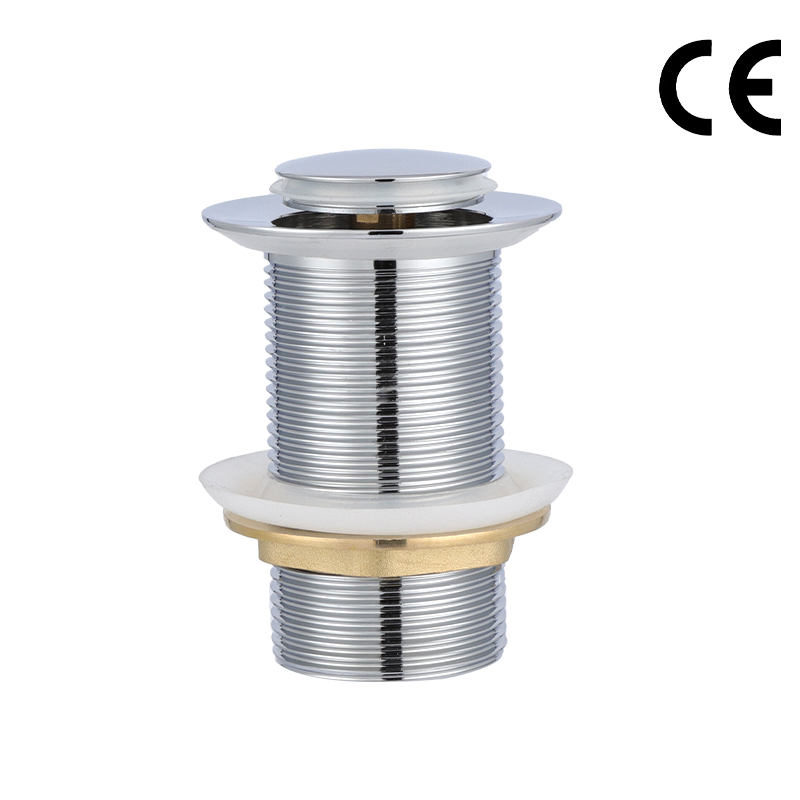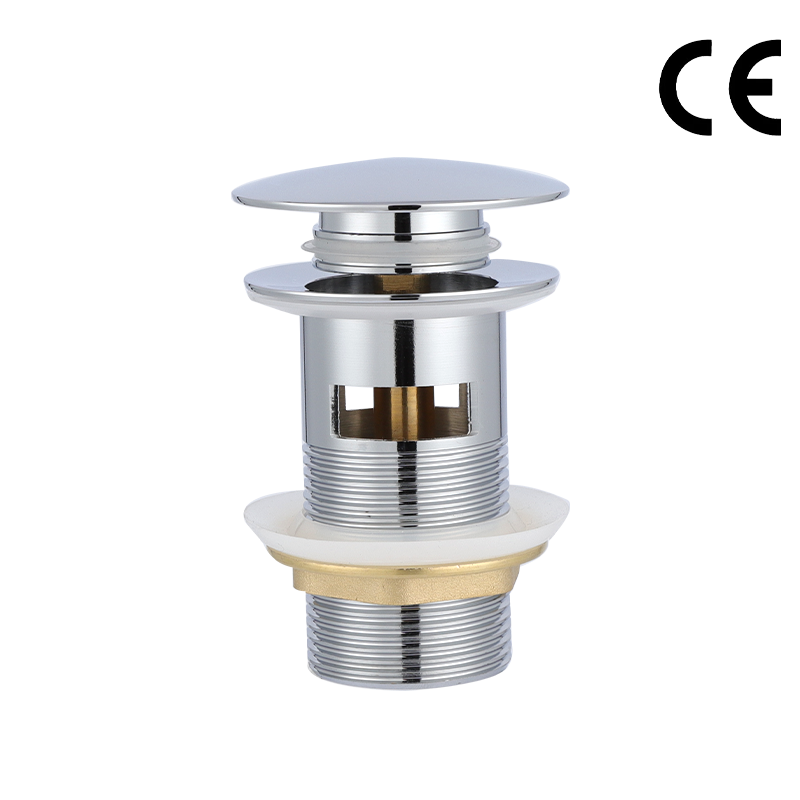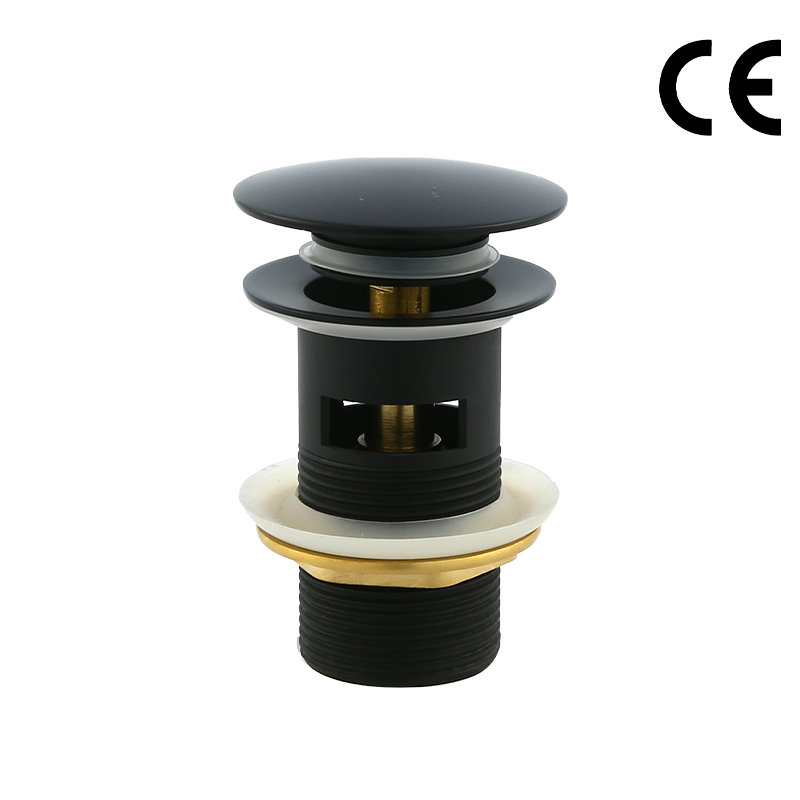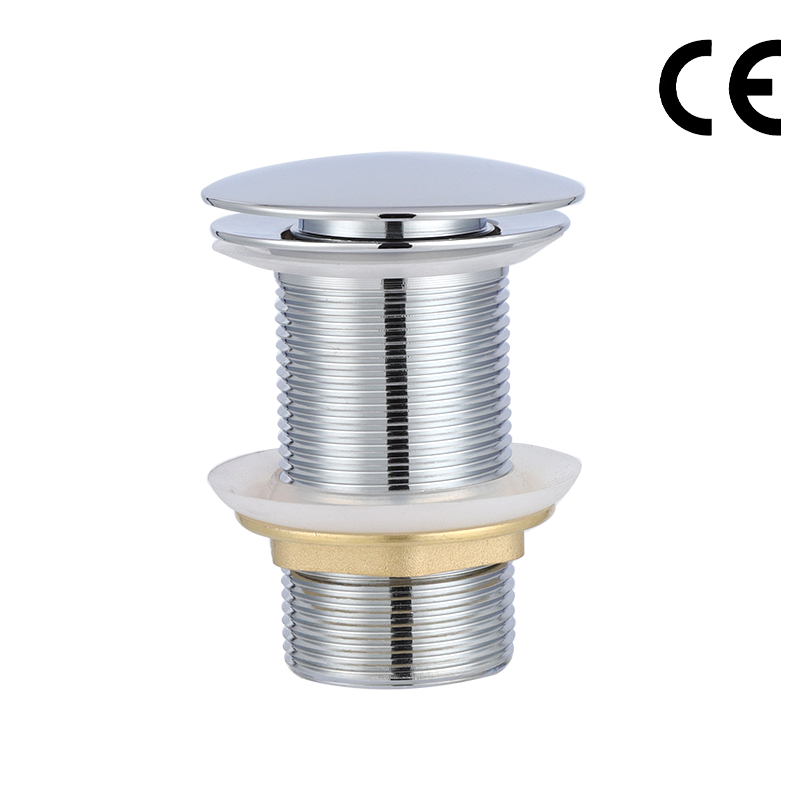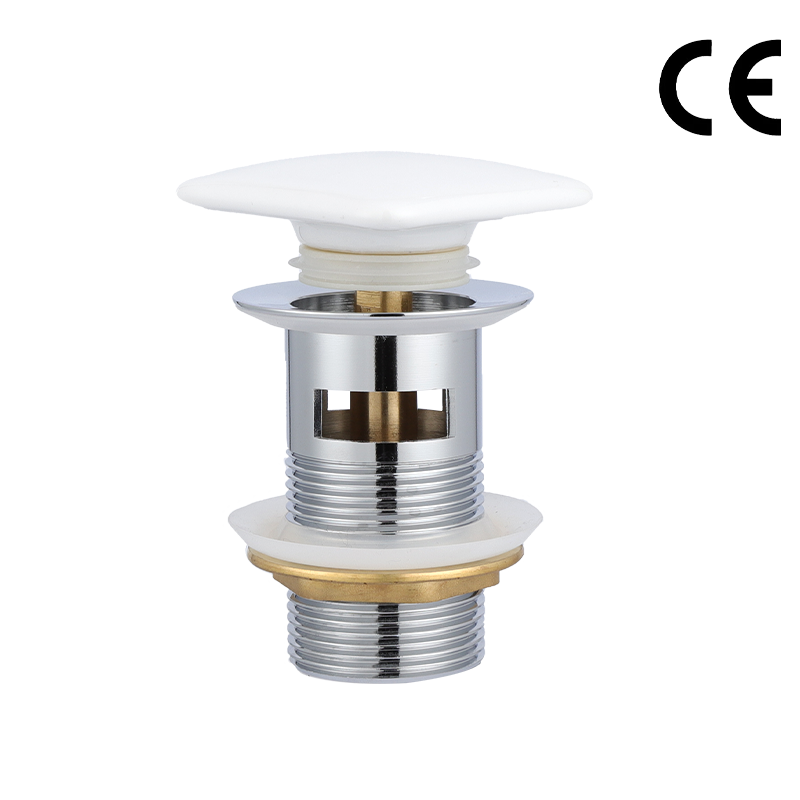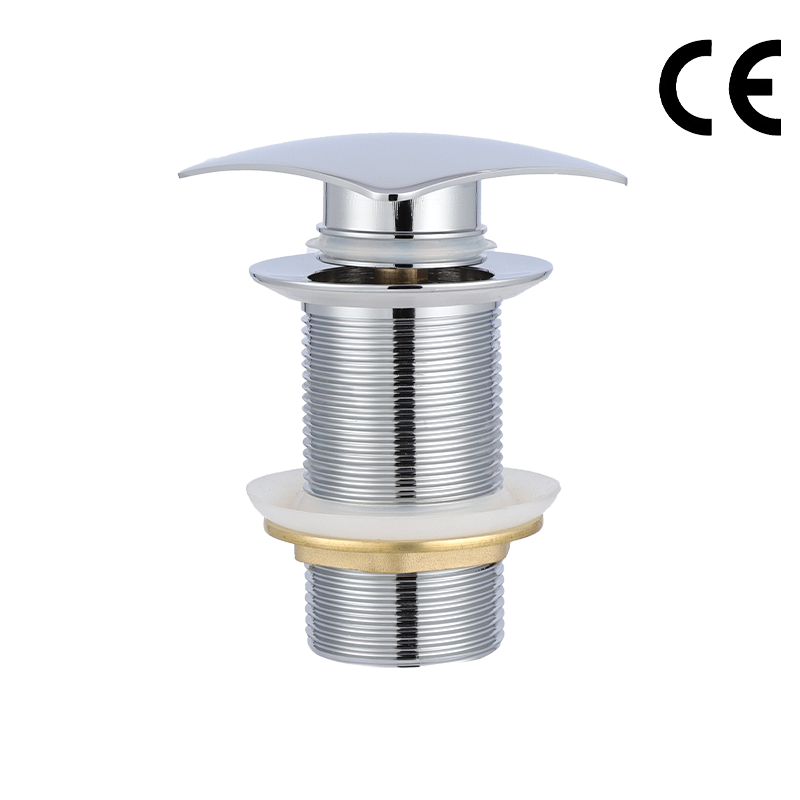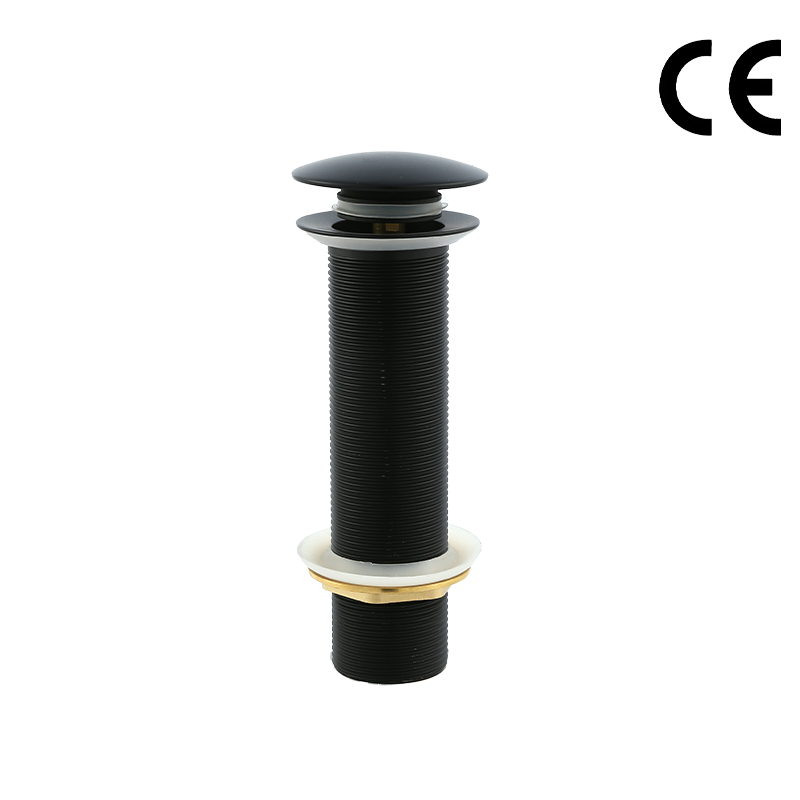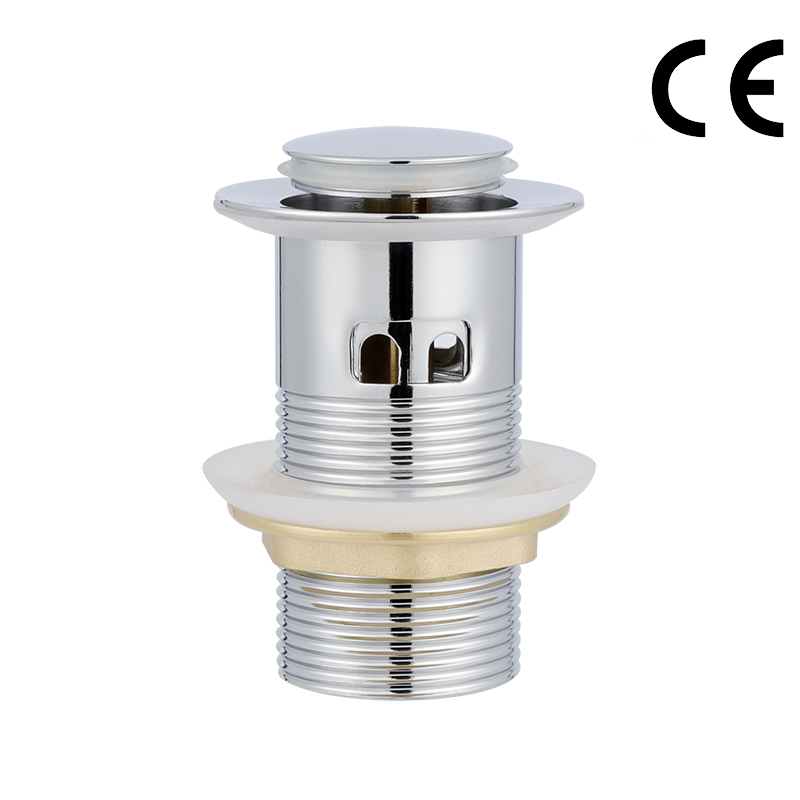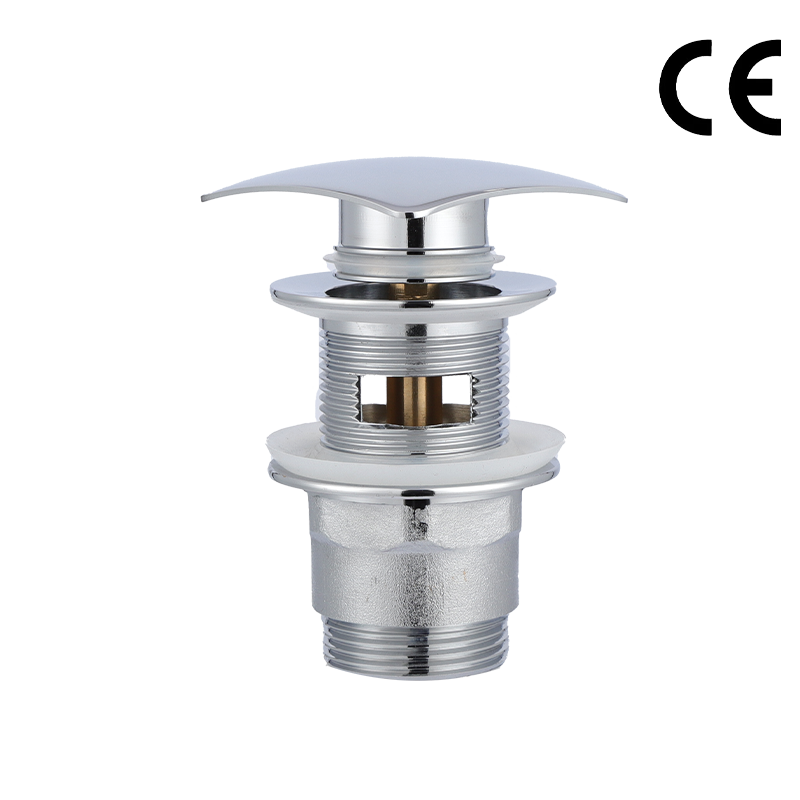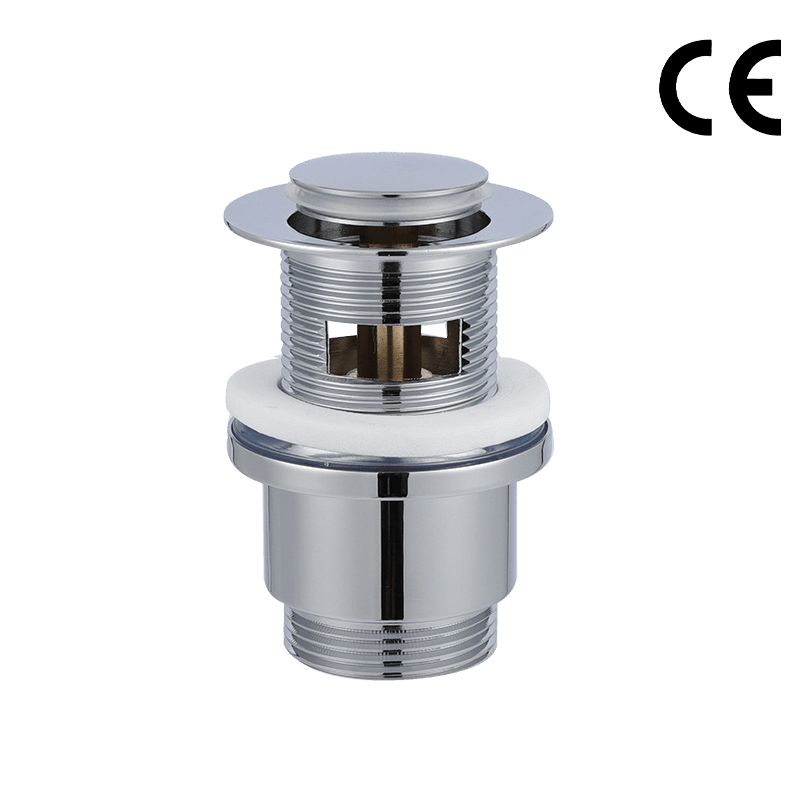Floor Waste and the Best Way to Dispose of It
Date:2023-01-16
Floor waste has two types: low-risk wastewater and high-risk liquid waste. Both are treated in a floor drain connected to the municipal sewer system. In addition, floor waste can cause a backup. A floor drain should be installed in public areas, such as bathrooms and laundries, to meet BCA Volume 1 requirements. Keeping in mind this, you should be aware of the best way to dispose of floor waste. In this article, we will examine some common floor waste issues and the best way to deal with them.
Floor drains are installed in bathrooms and laundries
A floor drain is a plumbing fixture that removes water from the floor. They are usually comprised of a drain grate, sediment bucket, p-trap beneath the drain, and a backwater valve. They are designed to work in residential as well as commercial buildings, and are typically used in laundries and bathrooms. Floor drains are essential plumbing fixtures because they prevent sewage odors from entering the home. Moreover, floor drains must always have a strainer. Some models feature a P-curve strainer, which keeps water out of the pipe and prevents odors from entering.
Floor drains are required in public and commercial restrooms, laundry rooms, and basements. In addition, they are installed in bathrooms and laundries near swimming pools. They are necessary due to their high volume of wastewater. Floor drains are also essential for preventing the clogging of toilet bowls and other sinks, which can result in flooding and water damage. Moreover, they prevent sanitary odors.
They serve LOW RISK wastewater and HIGH RISK liquid waste
Companies face many challenges when it comes to managing wastewater. Covanta Environmental Solutions offers expert service to manage these risks while protecting your company from legal liability. Wastewater can be classified as low-risk or high-risk depending on the composition of its components. In general, LOW RISK wastewater includes animal and vegetable matter, soaps, and diluted domestic cleaning solutions. Commercial waste water is also considered LOW-RISK, but the concentration and composition must be similar to that of household waste water. Typical sources of LOW-RISK wastewater include schools, restaurants, hotels, and some veterinary clinics. Snowmelt and most non-contact cooling water are also LOW-RISK wastewater.
They are connected to a municipal sewer system
There are two main types of connection options for floor drains. The first is the DEP-preferred connection method, where floor drains are connected to a municipal sewer system. The second is the "flagged" connection method, where floor drains are sealed with cement and water and connected to a separate system. These connections are not ideal for some situations, such as in a hazardous waste or chemical-laden area, and they may not be permitted where there is no municipal sewer connection available.
Regardless of location, both types of sewer systems are designed to remove waste from houses. Public sewer systems have large pipe systems that carry wastewater to treatment plants. In some areas, this pipe may be in the street or an easement over multiple properties. If the terrain is hilly, a pumping station may be required. Floor waste can also be disposed of in a privately owned septic system.
They are susceptible to a backup
The sewage line that runs from your private property to the city's sewage system is very susceptible to a backup. Grey water must pass through this line before it can enter the city's system. When the pipe becomes clogged, water can accumulate and back up into the floor drain. This can cause serious health problems for those who touch it, which can lead to dehydration. The following are some of the most common contaminants that can be found in sewage.
The reason for a sewer backup is often because of a faulty drainage system. In many cases, a back-up is caused by overflowing floor drains and debris. This can be especially common if you have a low-flow toilet, which provides less water pressure. Knowing the signs of a clogged floor drain can help you prevent one. If you have a high-risk area for sewer backups, consider hiring a plumber to clean your drain once a year. Plumbing professionals use jetting equipment to clean these drains.
They pollute local drinking water
The sewage discharges from floor waste often contain harmful pathogens. These pathogens can cause diseases like cholera, giardia, and typhoid. Runoff from urban areas and farms also contributes to contaminating waterways. Another type of pathogen is Legionnaires' disease, which can spread from Disneyland to Manhattan. When these pathogens are found in water sources, they can cause serious illness and even death.
Quick Details
|
Item Number: |
EB10512 |
|
Size |
10X10CM |
|
Style |
Strainer |
|
Application |
Bathroom |
|
Brand Name |
ERKA |
|
Certificates |
CE, ISO9001 |
Features
|
Material |
Brass |
|
Color |
Chrome, Gold, Matte black, Antique brass and so on |
|
Style |
Traditional |
|
Shape |
Square |
More information
|
Product Name: |
10X10CM brass square floor drain |
|
Samples: |
Free samples available (Freight is not included) |
|
MOQ: |
1000pcs |
|
Payment method: |
T/T |
|
Lead time: |
35 days for different qty orders, contact for details |
|
Outer Package: |
Carton Box |
|
Inner packaging: |
white/colour box or blister package or customized |
|
Sample time: |
3-7 days |
|
For goods: |
35 days |


 English
English Español
Español